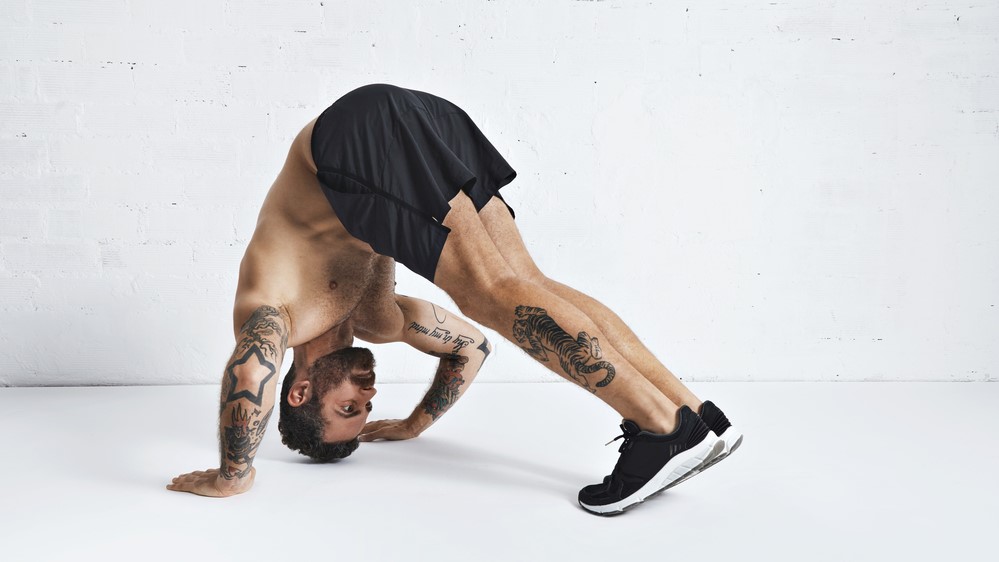7 mistakes that can kill houseplants
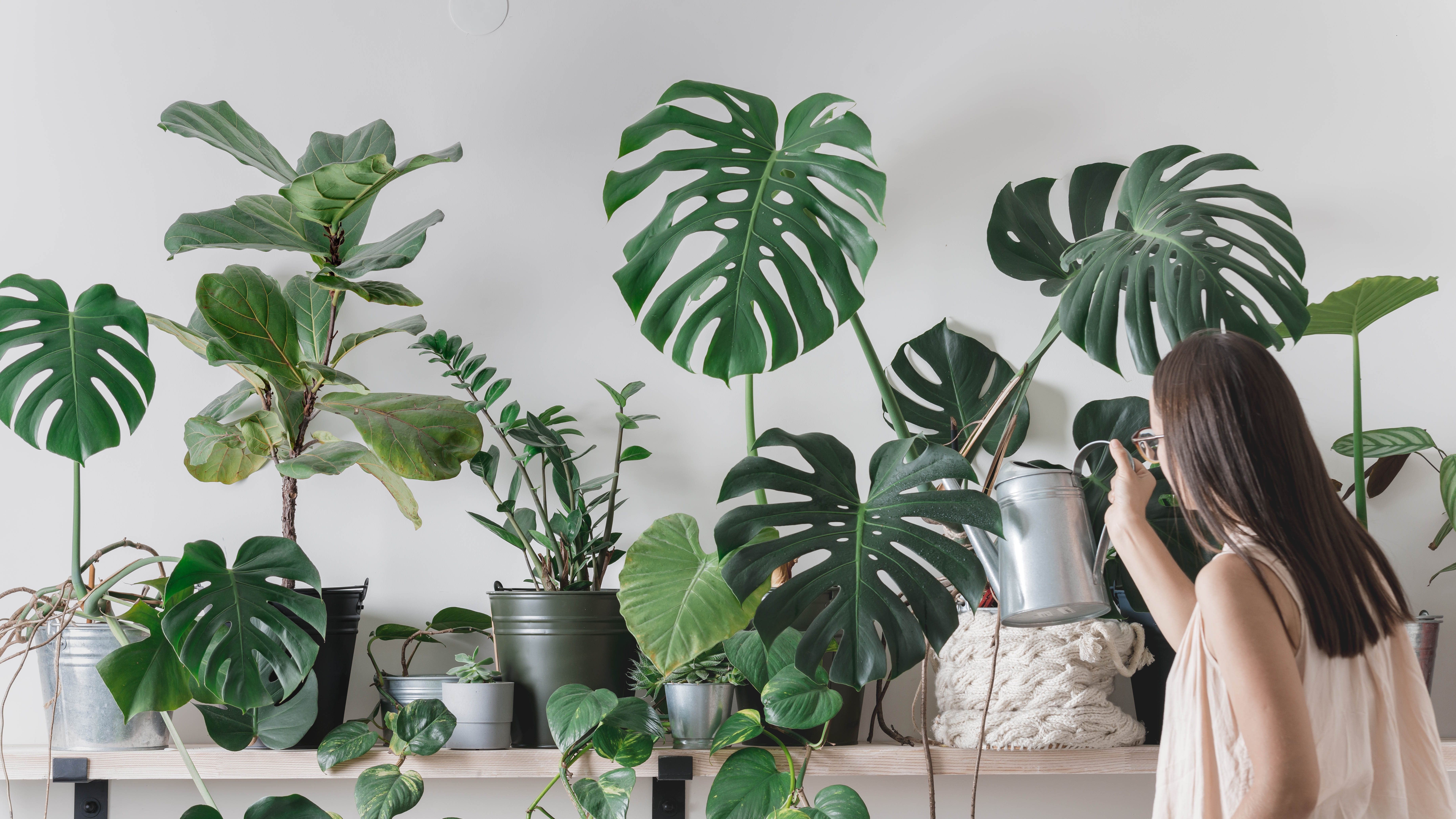
Houseplants are a great way of bringing the outdoors in, and can add beauty and style when decorating your home. But if your plants are struggling to survive, no matter what you do, you might be making one of these common houseplant mistakes.
While it might seem easy enough to care for a plant, there are common errors that we often make. Over- or under-watering, not repotting properly (or at all!), to placing it in the wrong location all can have an impact on the plant’s growth and well-being. What’s more, it’s always disheartening when your favorite orchid or spider plant starts dying, despite all your best efforts!
By avoiding these mistakes, you’ll have lush, green and healthy plants all year round. So before you give up hope, make sure you’re not making any of these 7 mistakes that can kill houseplants.
Plus,here are 7 best low maintenance plants for easy care. And here's why soft water is bad for your plants — according to experts.
1. Overwatering
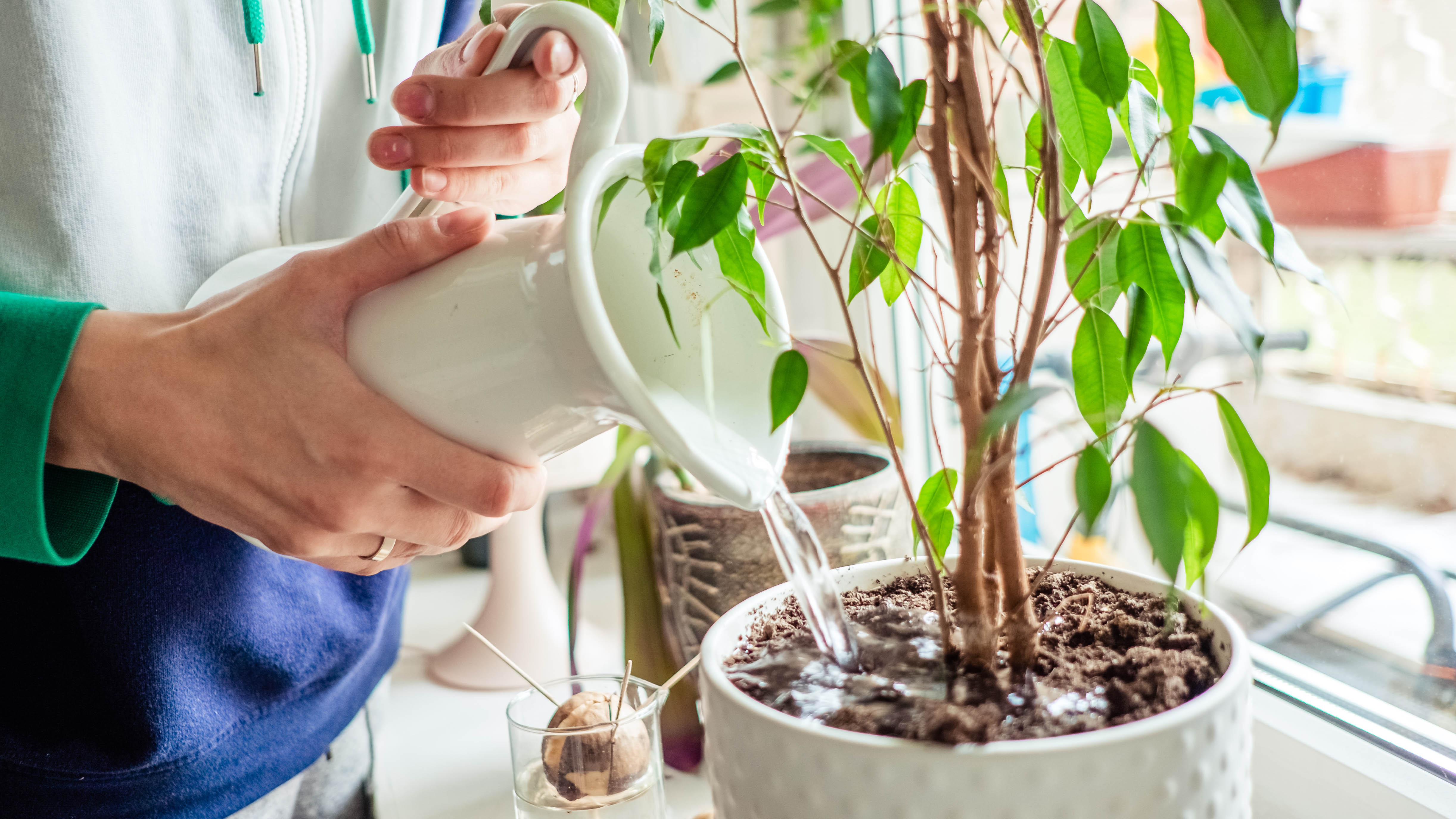
We might think we’re doing our plants a favor by watering them often, but overwatering is the most common mistake we make.
Excessive water can literally drown or suffocate the roots, as this limits airflow getting to the plant. As a result, soggy conditions encourage fungal growth and bacteria that could lead to root rot, and effectively kill your plant. This is often the case where we can misjudge the amount of water we think our plants need — especially in hot weather or when we’re going on vacation.
Experts recommend to never water when the top layer of soil is still moist. You can either test the lower levels of the soil with your finger to determine moisture levels, or invest in a soil moisture meter like this XLUX Soil Moisture Sensor Meter ($14, Amazon). In any case, always check the plant care labels for guidance on how often to water them.
So if you ever wonder why your well-watered plants are suddenly wilting, this could be the reason why
Get instant access to breaking news, the hottest reviews, great deals and helpful tips.
2. Under-watering
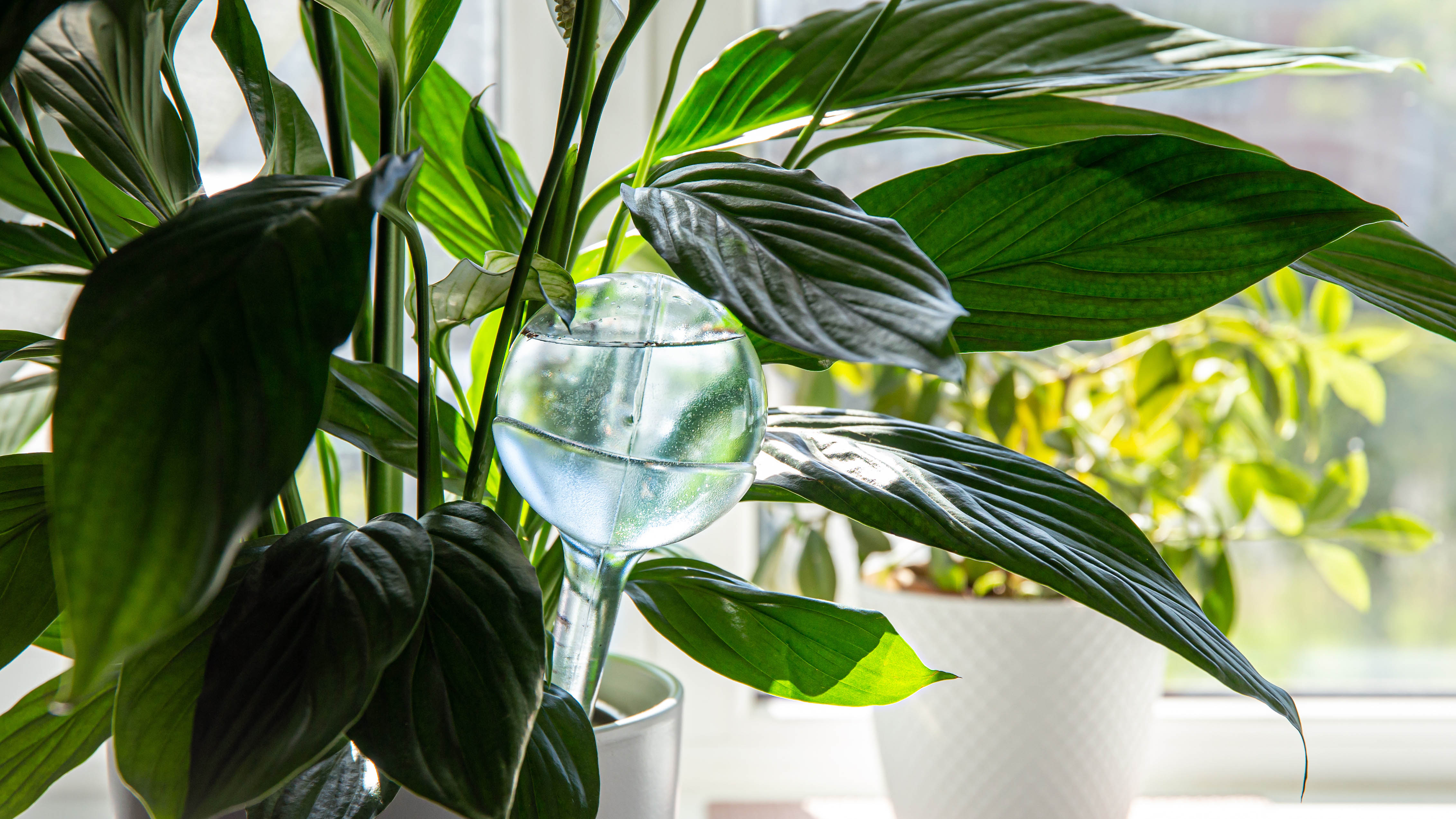
Similarly, not giving your plants enough water can cause them to wilt or die. Essentially, if your plant doesn’t get sufficient water, it will lack all the essential elements needed for healthy growth. And while wilting plants will certainly benefit from being watered, once they’re showing signs of shock, you might have waited too late.
In addition, if you’ve left the soil dry for long periods, this will eventually become compacted — making it difficult for the water to reach the roots and absorb properly. If this happens, experts suggest watering plants from the bottom, by soaking the pots in a container of water, to allow the soil to fully soak up as much moisture as possible.
You could also try self-watering bulbs which are made from high-quality glass, and can hold up to 150 ml of water. Simply fill the bulb with water, make a small hollow in the soil, and insert the bulb next to the plant at an angle of 60 to 75 degrees. Watering bulbs like this Miles Kimball Plant Watering Globes Set of 6 ($18, Amazon), for indoor plants are ideal for watering for seven days.
3. Using pots without drainage holes

Another common plant mistake is forgetting about drainage holes. It’s all very well buying beautiful pots or containers, but if these do not have drainage holes at the bottom, our precious plants will die. These holes are essential to allow proper water drainage from the soil, encourage good air circulation, and also flush salts from the soil.
If your pot doesn’t come with holes, you can carefully drill a few at the base of the container. Then, place the pot on a drip tray or plate to collect any excess water — not forgetting to empty it out once it’s full. Other ways for improving drainage is to place a layer of rocks, stones or pebbles on the base of the pot, before adding your soil. These porous items will help to absorb the excess water until the plant draws it up from the roots.
4. Not repotting
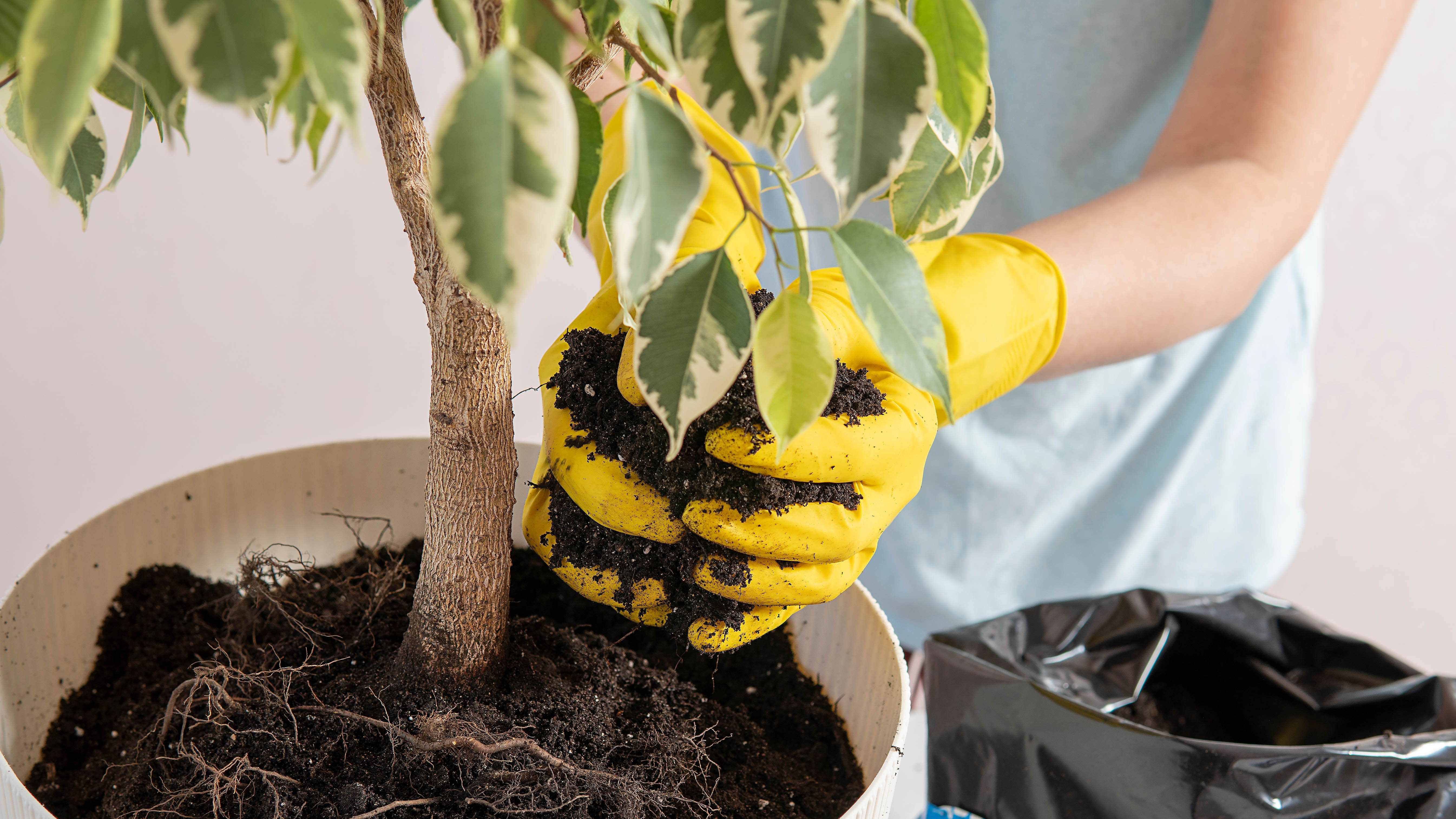
While repotting may seem like a messy chore, it’s necessary to do this properly to ensure healthy plant growth. Common repotting mistakes we tend to make are repotting too early, too late or not at all!
Typically, the first sign of repotting is when you see the roots growing through the drainage holes, or pushing the plant upwards — almost out of your pot. Other signs to look out for include falling leaves, wilting, stunted growth or root damage.
Similarly, repotting plants too early could literally shock the plant, causing it to wilt or die. Transplant shock occurs when a plant shows signs of distress after being uprooted and transferred into a new pot or container. Remember not every plant needs repotting, and only repot when necessary.
5. Using the wrong sized pot
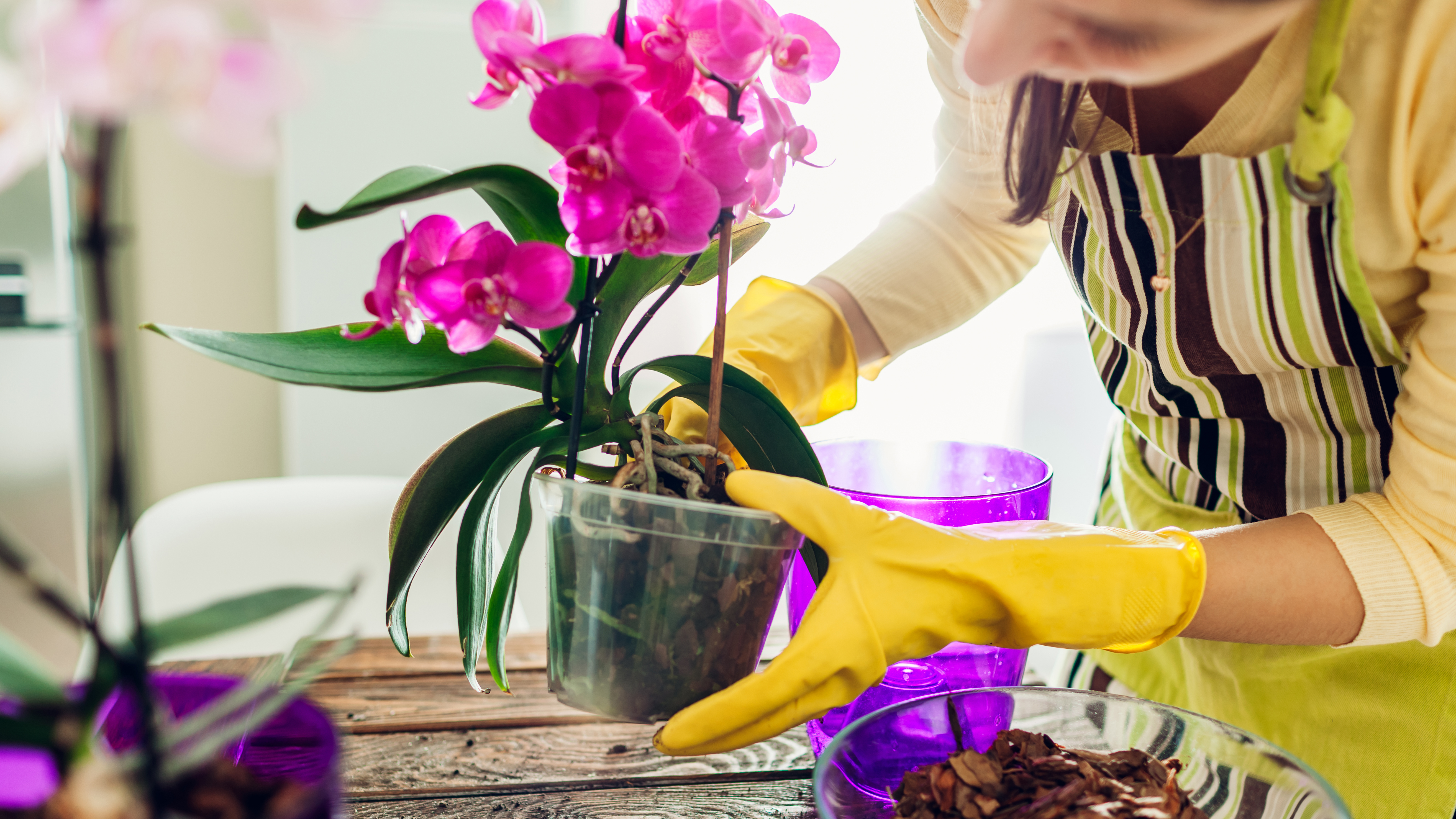
Similarly, using the wrong sized pot when repotting is another common mistake. While some might think a bigger pot would give the plant sufficient space to grow faster, this will actually cause some plants to grow slower.
Plus, there is also a risk of overwatering because of the sheer size of it, which will result in soggy, weak roots susceptible to rot. Experts always recommend using a pot around 2-4 inches larger in diameter, and 1 to 2 inches deeper than the plant's current pot.
Typically, the best pot materials to use are clay, terracotta or ceramic pots, which allow more oxygen. While plastic is non-porous, and tends to reduce the amount of oxygen or moisture getting to the plant.
6. Placing in direct sunlight

While plants need light to survive, we often make the mistake of leaving them in direct sunlight. Generally, most plants can only handle an hour or two of direct sunlight. Too much bright light on a daily basis will scorch the leaves, cause brown spots, or make them curl at the ends. Experts suggest leaving plants in the gentle early morning sun to get sufficient light, but for no more than two hours.
If you see any worrying signs, you’ll need to relocate your plant into low light areas. Alternatively, if your home lacks natural light, you can check out one of these 7 plants that can survive without sunlight and 5 low-light living plants.
7. Too much fertilizer
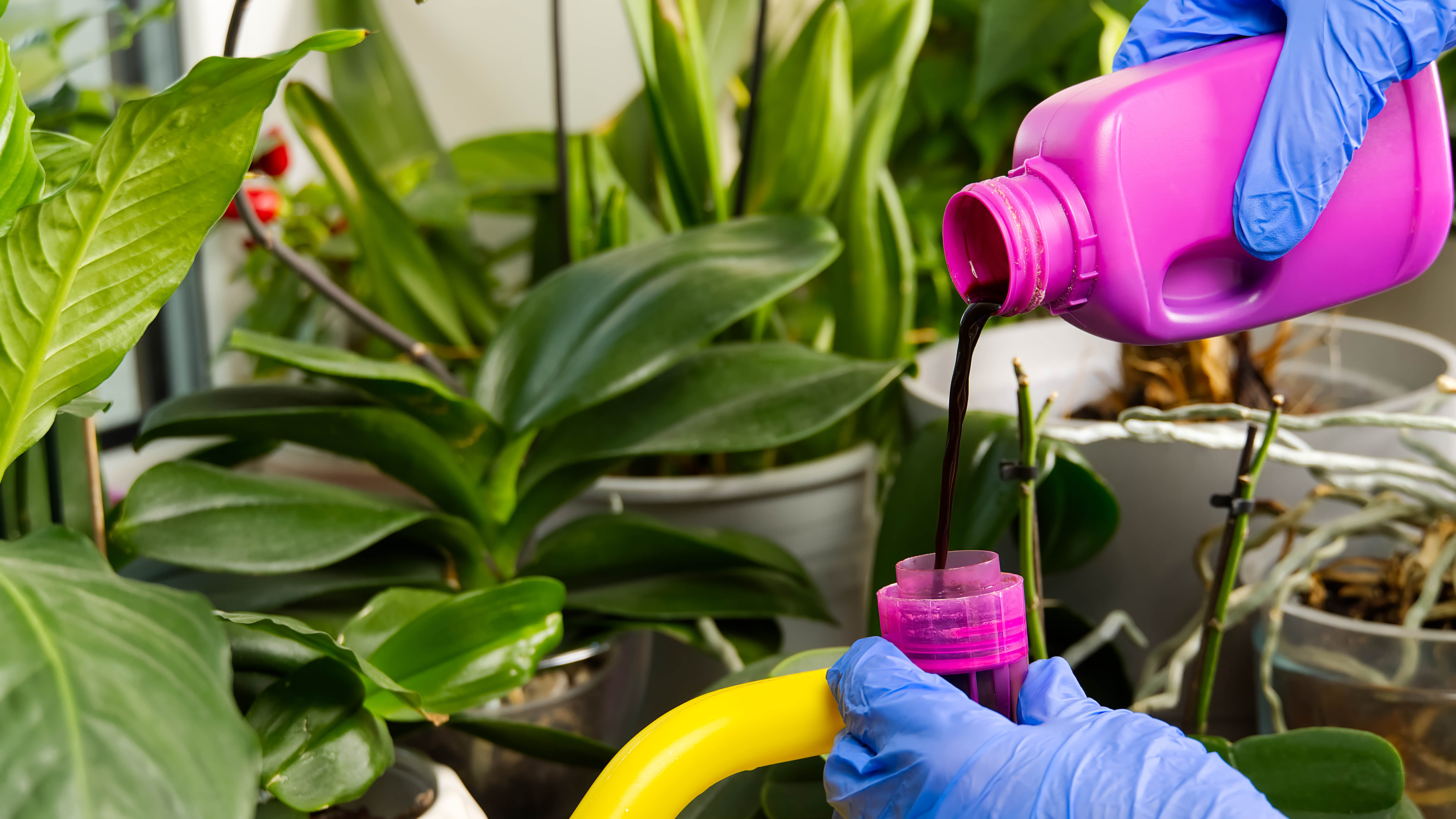
Another essential part of plant care is using fertilizer to supplement any nutrients. But while most of us assume that applying more will equate to faster growth, this could end up killing our houseplant.
Instead of encouraging growth, over-fertilizing could end up burning the roots — caused by the additional salts in the soil. Experts recommend applying fertilizer at half strength if your plants are healthy and strong, and full dose only when they need a boost. In any case, always follow the care instructions on the fertilizer’s packaging.
More from Tom's Guide
- Here’s how to care for succulents
- Plus, check out these 7 houseplants you can grow without soil
- And these 5 houseplants will help prevent mold in your home

As the Homes Content Editor, Cynthia Lawrence covers all things homes, interior decorating, and garden-related. She has a wealth of editorial experience testing the latest, ‘must-have’ home appliances, writing buying guides and the handy ‘how to’ features.
Her work has been published in various titles including, T3, Top Ten Reviews, Ideal Home, Real Homes, Livingetc. and House Beautiful, amongst many.
With a rather unhealthy obsession for all things homes and interiors, she also has an interior design blog for style inspiration and savvy storage solutions (get rid of that clutter!). When she’s not testing cool products, she’ll be searching online for more decor ideas to spruce up her family home or looking for a great bargain!
